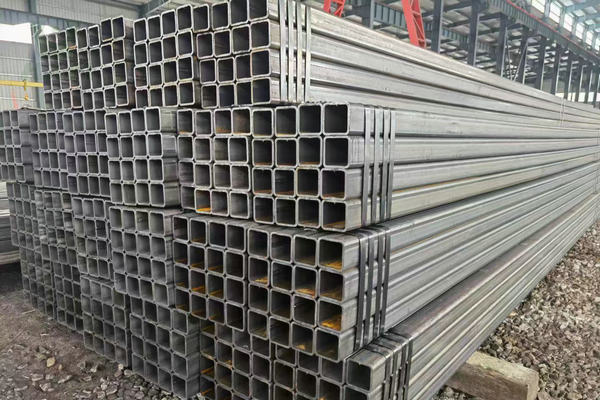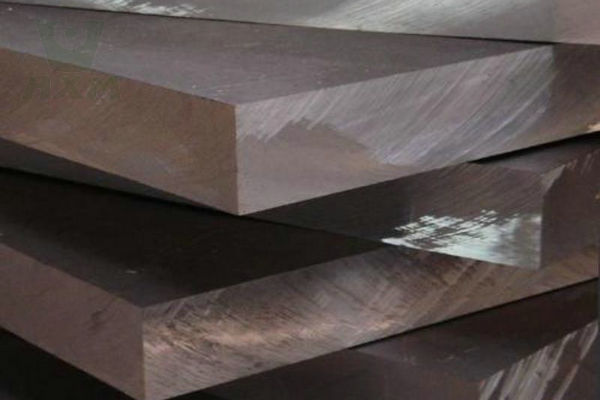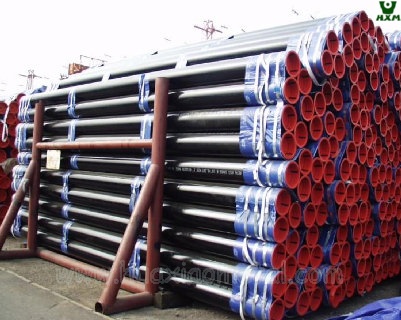In the steel industry, Q235A vs Q235B are two common carbon structural steels. Although they may be similar in appearance, there are some significant differences in chemical composition and performance. Understanding these differences is critical to the proper selection and application of these materials. In this article, we’ll dive into the differences between Q235A vs Q235B to help you better understand their features and uses.

A36 Carbon Steel
A36 Carbon Steel Suppliers and Manufacturer A36 grade carbon steel is easy to weld, form, and form using machine tools. They have a good strength-to-weight
Q235A vs Q235B: What’s the Difference?
Chemical Composition of Q235A vs Q235B:
Q235A and Q235B are two common low carbon steels. Their main differences are in their sulfur content and mechanical properties.
First of all, Q235A has a higher sulfur content, usually Sulfur (S): ≤0.050, while Q235B has a lower sulfur content, Sulfur (S): 0.035. Differences in sulfur content can cause changes in the material’s mechanical properties.
Secondly, the main difference between Q235A and Q235B is the impact toughness, and the impact toughness of B is better than A. In addition, the yield point and elastic modulus of Q235B are also relatively high.
Cost of Q235A vs Q235B:
The prices of Q235A vs Q235B usually need to take into account factors such as their chemical composition, production process, supply chain, and market demand. Generally speaking, the price of Q235B may be slightly higher than that of Q235A because Q235B may have higher purity requirements in terms of chemical composition or differences in production processes.
However, actual cost differences may vary depending on steel supplier, region, and market conditions, so a variety of factors need to be considered when selecting materials. If you need to purchase Q235 steel, please contact us to get the Q235 price!
Application of Q235A vs Q235B:
In practical applications, the uses of Q235A and Q235B are also different.
Q235A is mainly used to manufacture structural parts that do not need to withstand particularly high strength, such as steel bars, section steel, steel plates, etc.
Q235B is mainly used for structural parts that need to withstand higher strength, such as bridges, ships, vehicles, machinery manufacturing, and other fields.
In Conclusion:
To sum up, the main difference between Q235A vs Q235B is the sulfur content and mechanical properties, and their uses in practical applications are also different. When choosing which steel to use, comprehensive considerations need to be made based on the specific application scenario and required mechanical properties. If you want to know more, please contact us directly!







